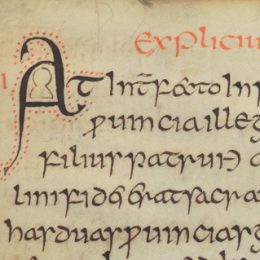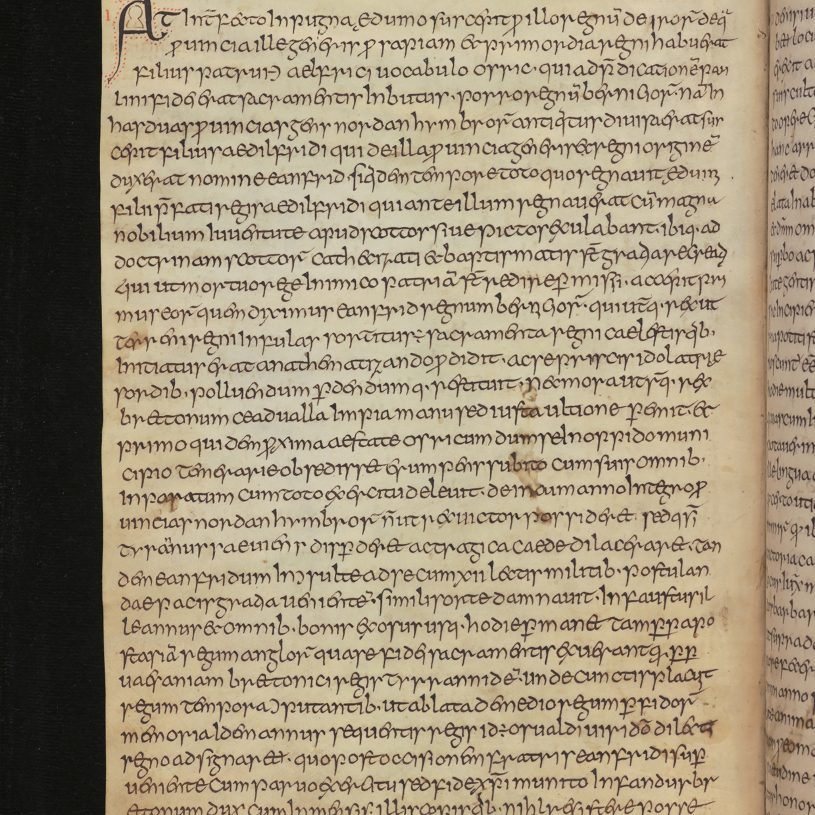Exploring the world of art, history, science and literature. Through Religion

Welcome to TreasureQuest!
Look through the treasures and answer the questions. You’ll collect jewels and for each level reached, earn certificates.
How far will you go?
You need an adult’s permission to join. Or play the game without joining, but you’ll not be able to save your progress.
Bede’s Ecclesiastical History, is the earliest comprehensive history of England, written in England .






Are there links to current religious practices or a modern equivalent?
Bede’s Ecclesiastical History is the earliest comprehensive history of England, written in England and focuses on the history of Christianity from the time of the Romans to Bede’s own time. Understanding history and the great figures and events of the past, plays a significant role in all religious traditions.

Where is it from, where is it now?

Books
Bede’s Ecclesiastical History
Project Gutenberg offers over 54,000 free eBooks. All are available to read online.
Podcasts
BBC Radio 4 ‘In Our Time’ (Radio 4)
Melvyn Bragg and guests discuss the Venerable Bede. In 731 CE, in the most far-flung corner of the known universe, a book was written that represented a height of scholarship and erudition, that was not to be equalled for centuries to come.










 Faculty of Divinity
Faculty of Divinity